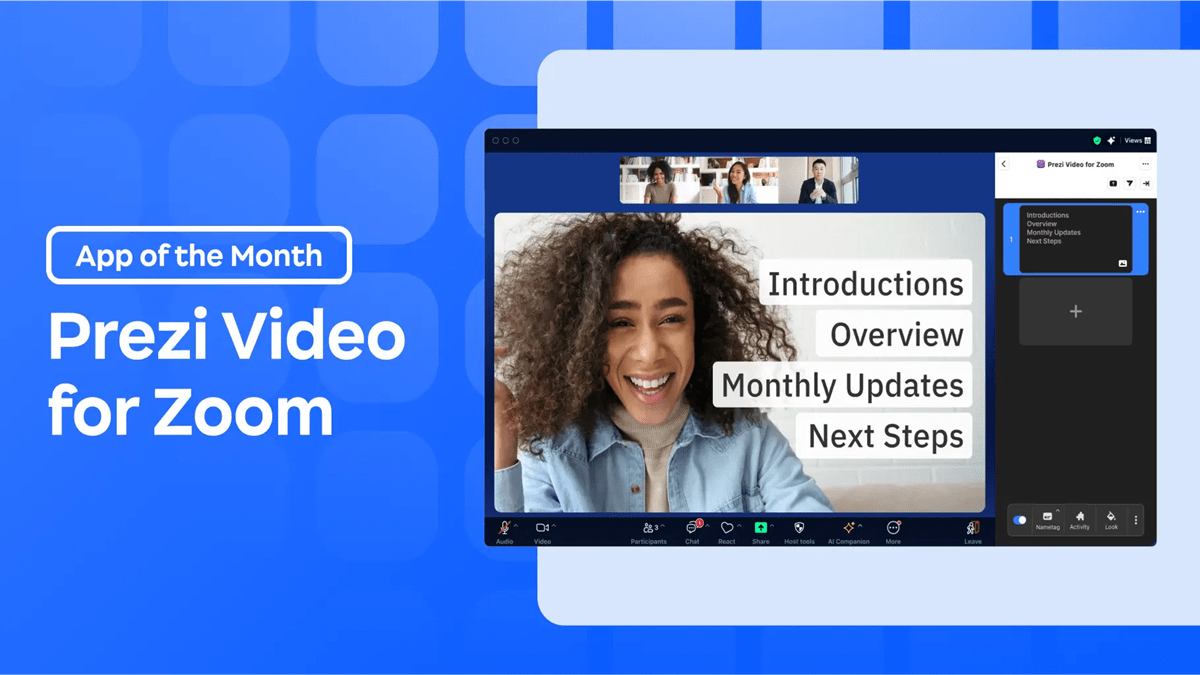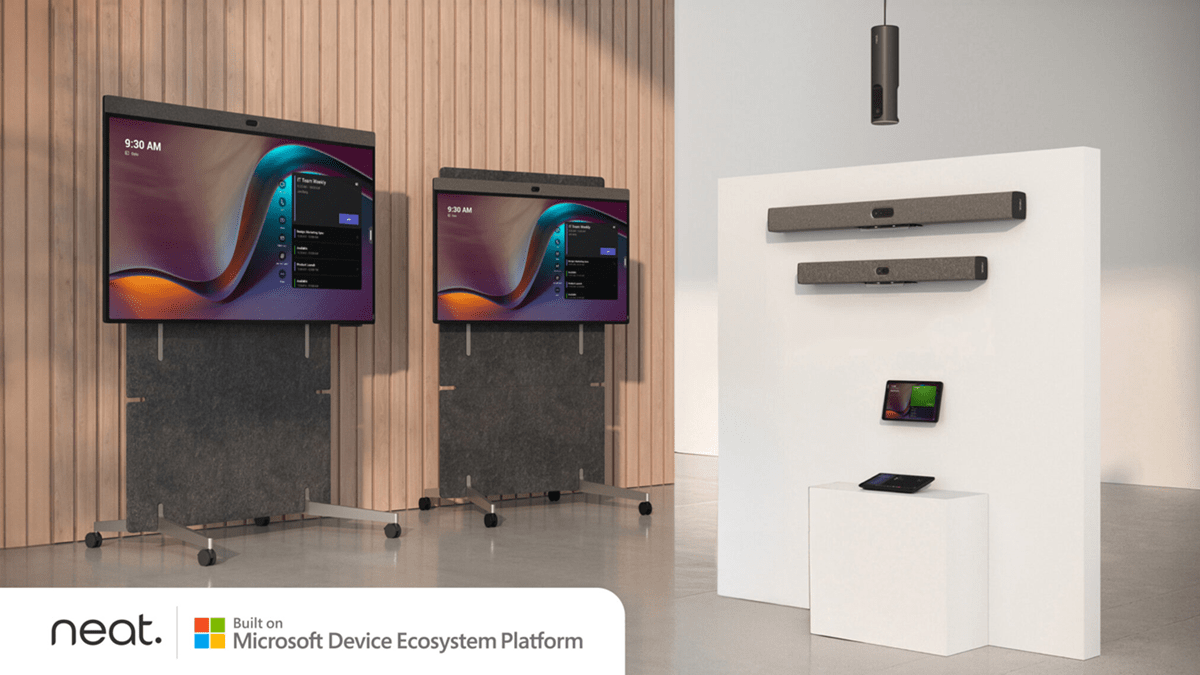Cisco AI Virtual Lens Redefine the End-of-Table View Experience
The Brief: Cisco has introduced new enhancements to its collaboration devices aimed at solving a familiar issue in hybrid meetings: the limited visibility of participants seated at the far end of long conference tables. The company has expanded the capabilities of the Cisco Room Bar Pro and Cisco Board Pro G2 through a new AI-powered feature called the Virtual Lens. This innovation improves video clarity and participant framing, ensuring remote attendees have a better visual connection with everyone in the room. The AI Virtual Lens is now available on Cisco Rooms and Microsoft Teams Rooms, supported by all meeting backends. The devices leverage a dual-camera system and advanced imaging technology to provide accurate, high-resolution video capture.
Cisco AI Virtual Lens Redefine the End-of-Table View Experience
Analyst Perspective: AI Virtual Lens addresses a persistent challenge in hybrid meeting spaces, which is the limited visibility of participants seated at a distance. The integration into Room Bar Pro and Board Pro G2 extends framing capabilities without requiring additional equipment. This development enhances the utility of Cisco’s existing devices by using AI to optimize camera reach and clarity.
The compatibility with both Cisco Rooms and Microsoft Teams Rooms allows organizations to apply the feature across varied collaboration platforms. The combination of wide-angle and tele lenses enables adaptive framing in longer meeting spaces. It ensures clear, detailed visuals, particularly of key participants like speakers or decision-makers.
These upgrades align with enterprise requirements for flexible room deployments, offering visual consistency across room sizes. The enhancements are especially relevant for mid-to-large enterprises where room dimensions vary and video equity remains a priority.
Advancing Long-Room Visibility with AI Virtual Lens
Cisco has introduced AI Virtual Lens to expand the functionality of its Room Bar Pro and Board Pro G2 devices. Designed for longer meeting rooms, the feature improves how well remote attendees can see and engage with in-room participants—especially those seated at the far end of the table. Unlike traditional setups that rely solely on a wide-angle lens, the AI Virtual Lens uses a dual-camera system that includes both a wide-angle and tele lens. This setup ensures better framing and clarity regardless of where someone is seated. Integrated into both Cisco Rooms and Microsoft Teams Rooms, this enhancement allows for consistent performance across platforms. It’s particularly beneficial in executive boardrooms and training environments, where speaker visibility directly impacts meeting effectiveness. The AI Virtual Lens supports inclusive collaboration without the need to install additional hardware.
NVIDIA-Powered Performance for High-Quality Imaging
At the core of this upgrade is the use of NVIDIA AI chipsets, which power the Room Bar Pro and Board Pro G2 devices. These chipsets support real-time video processing, enabling the AI Virtual Lens to function with precision and speed. Through advanced algorithms, the system reconstructs high-resolution, full-color images even at extended distances. This allows for sharper facial details and more accurate color representation, which improves the meeting experience for remote viewers. The NVIDIA platform also supports scalability and future AI enhancements, making the solution more sustainable for organizations looking to invest long-term. Through leveraging these chipsets, Cisco ensures that video quality remains high even as meeting demands grow more complex. The result is a streamlined hardware-software integration that brings advanced visual capabilities to hybrid meetings without increasing system complexity.
Cross-Platform Compatibility and In-Room Flexibility
Cisco’s AI Virtual Lens is available across multiple collaboration environments, supporting both Cisco Rooms and Microsoft Teams Rooms. This ensures that organizations with diverse setups can still benefit from the feature without the need to standardize on a single platform. The design flexibility also means that businesses can optimize room configurations based on function rather than camera constraints. Through the Workspace designer tool, users can simulate the reach of the Virtual Lens using the furthest-reaching camera cone as a reference. This makes deployment planning more intuitive and tailored to actual use cases. For IT managers, this feature reduces uncertainty when designing or upgrading conference spaces.
Enhancing Visual Equity in Hybrid Meeting Spaces
Cisco’s introduction of AI Virtual Lens reflects a continued effort to improve video collaboration by focusing on user-centric challenges, such as visual clarity in extended conference rooms. Integrated into the Room Bar Pro and Board Pro G2, the feature complements an existing portfolio designed to support flexible, scalable hybrid work environments. Through leveraging a dual-camera system and NVIDIA AI chipsets, Cisco has extended the functional range of its devices without requiring new hardware installations, providing organizations with an efficient pathway to enhanced video experiences.
The solution is positioned to benefit enterprise and institutional customers with larger meeting rooms where maintaining clear visual presence is critical. While adoption may require some adjustments in room design or system configuration, tools like the Workspace designer help streamline deployment. As video collaboration continues to play a central role in distributed work, capabilities like AI Virtual Lens represent practical upgrades that improve inclusivity and communication effectiveness. Cisco’s approach aligns with ongoing customer expectations for seamless, high-quality experiences across multiple platforms.

 Source: Webex
Source: Webex Source: Webex
Source: Webex


